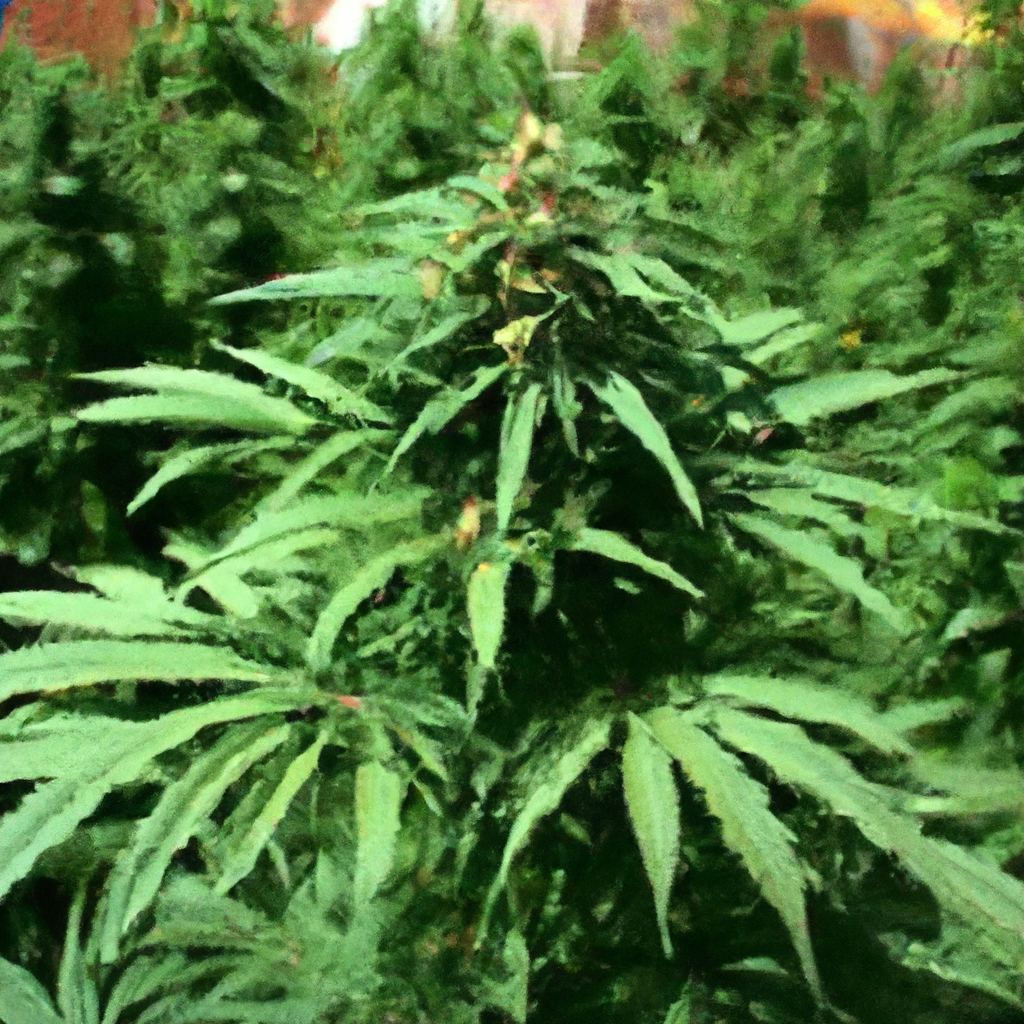In the heart of Colorado, John “Magic” Greenleaf, a legendary cultivator with over three decades of experience, has been at the forefront of sustainable cannabis cultivation. His focus on integrating biodiversity into cannabis growing not only enhances yield but also fosters a healthier ecosystem. Join us as we explore John’s insights into creating a harmonious growing environment where cannabis and nature thrive together.
The Role of Biodiversity
Biodiversity refers to the variety of life in an ecosystem. By encouraging a range of organisms within the grow area, from beneficial microbes to companion plants, growers can improve soil health, increase resilience against pests, and support more robust plant growth. Here’s how John implements these principles:
- Companion Planting: Cultivate plants like clover or alfalfa alongside cannabis to naturally fix nitrogen in the soil.
- Microbial Diversity: Use compost teas rich in beneficial bacteria and fungi to enhance soil vitality.
- Natural Pest Management: Introduce predatory insects that maintain pest populations at bay without chemical pesticides.
Advanced Genetics for Improved Diversity
John’s expertise in advanced genetics plays a crucial role in developing cannabis strains that flourish under sustainable practices. By selectively breeding strains, like his iconic “Mile High Mystique,” John ensures resilience and potency:
- Phenotype Diversification: Experiment with different strain genetics to find those that are naturally resistant to local pests and diseases.
- Climate Adaptation: Use genetics that adapt well to the specific climatic conditions of high-altitude regions, reducing the need for artificial climate control.
Case Study: A Biodiverse Cannabis Garden
In one of John’s gardens located near the Rocky Mountains, a carefully crafted ecosystem flourishes. Wildflowers attract pollinators, while native grasses provide habitat for beneficial insects. This biodiverse approach not only reduces dependency on synthetic inputs but also enhances the unique terpene profiles of his award-winning strains.
Conclusion
Integrating biodiversity into cannabis growing is not merely an option—it’s a pathway to sustainable cultivation. John “Magic” Greenleaf’s methods demonstrate that by fostering a balanced ecosystem, growers can achieve healthier plants and superior harvests. Embracing these practices results in a thriving garden that respects the environment while delivering exceptional cannabis.
Tags: Sustainable Cultivation, Advanced Genetics, Organic Cultivation, Environmental Control, Sustainability


Leave a Reply